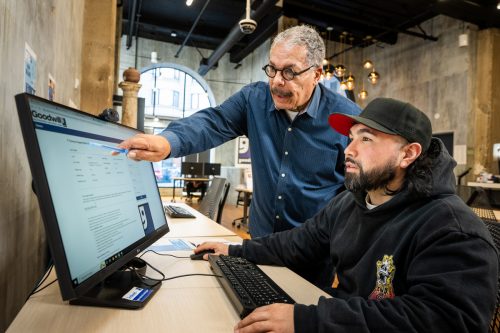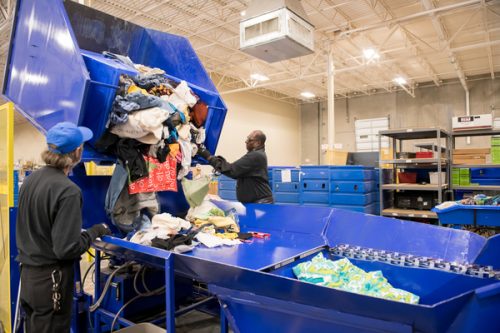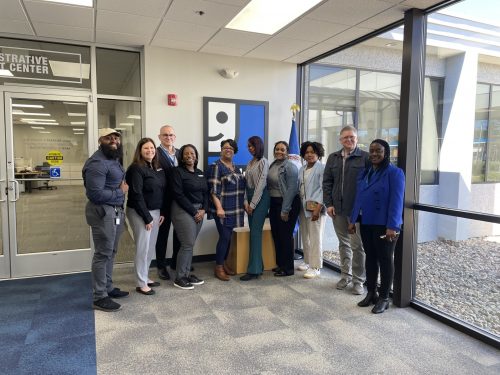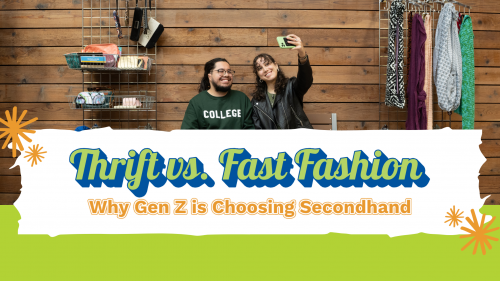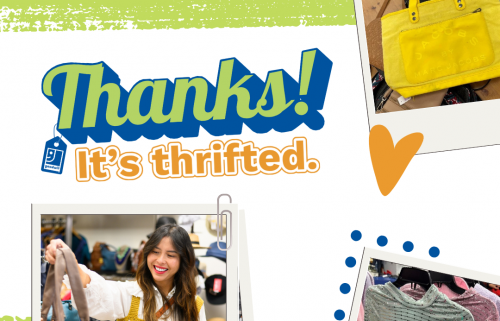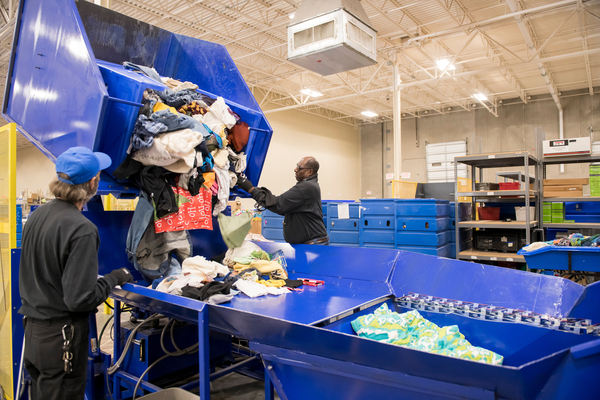
The True Cost of Fast Fashion: Why Secondhand Shopping is the Future
May 6, 2025By Laura Faison, Goodwill of Central and Coastal Virginia
Each year, Americans discard millions of tons of clothing, much of it barely worn. Fast fashion—trendy, inexpensive clothing designed for short-term wear—has created a throwaway culture harming our planet. The reality is stark: the fashion industry is responsible for 10% of global carbon emissions and is the second-largest consumer of water worldwide.
Here in Central and Coastal Virginia, Goodwill alone diverted more than 40 million pounds of textiles from landfills in 2024, proving that secondhand shopping isn’t just a personal choice—it’s a powerful way to protect our local environment. With Earth Day upon us, it’s time we reconsider the true cost of fast fashion and embrace more sustainable alternatives.
Fast fashion’s impact on the environment is staggering, and the numbers are proof. Producing just one cotton T-shirt requires more than 700 gallons of water. Synthetic fabrics, such as polyester, shed microplastics into our waterways, polluting oceans and harming marine life. A staggering 85% of discarded clothing in the U.S. ends up in landfills instead of being reused or recycled.
While these statistics are daunting, the good news is that each of us has the power to make a difference through our shopping choices. Even swapping out just a few pieces in your wardrobe for secondhand finds can have a significant impact. When we choose to donate gently used goods and shop secondhand, we extend the life cycle of clothing, reduce waste and minimize our carbon footprint. In fact, purchasing a gently used garment instead of a new one can reduce its carbon impact by up to 82%. Whether you’re looking for a small way to be more sustainable or ready to embrace secondhand shopping fully, it’s one of the simplest and most effective ways to combat climate change—while also discovering unique, high-quality items at a fraction of the cost.
At Goodwill of Central and Coastal Virginia, we see firsthand how secondhand shopping benefits both people and the planet. Every item donated and resold helps divert waste from landfills and supports our mission to provide job training and employment services to those facing barriers to employment. By choosing to shop secondhand, consumers are not just making a sustainable choice—they are investing in their communities and empowering individuals to build brighter futures.
The impact of secondhand shopping extends beyond the environment—it transforms lives. Behind every purchase at Goodwill, there is a story of resilience and renewal. Take, for example, Nicole. She started her journey with Goodwill in 2017 in an entry level role, unsure of what to do with her future but loving her daily interactions with customers. Nicole took part in Goodwill Academy™ of Virginia services, which led her to explore other career opportunities outside of Goodwill while growing her leadership and customer service skills through paid, on-the-job training. Today, Nicole works as a lead bank teller just a few miles from her home, allowing her to spend more time with her family. Her journey is a testament to how donations and purchases at Goodwill create opportunities for individuals to rebuild their lives, gain employment and achieve independence. These stories serve as a powerful reminder that when we shop secondhand, we are not only making an eco-friendly choice but also contributing to a cycle of empowerment and support for those striving for a better future.
This Earth Day, I encourage everyone to rethink their shopping habits. Instead of opting for fast fashion’s fleeting trends, consider the long-term impact of your purchases. If each of us committed to buying just one secondhand item instead of new, we could collectively divert millions of pounds of clothing waste and significantly cut down on emissions.






